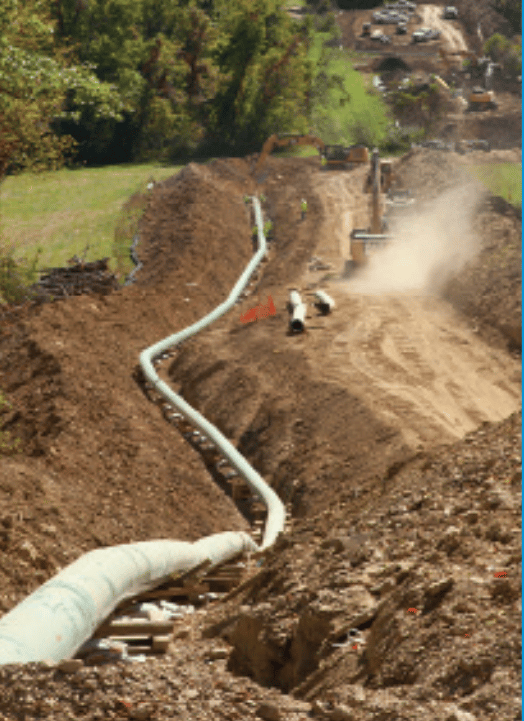New Regulations Bring Onshore Gas Gathering Pipelines Under Federal Oversight

The Pipeline and Hazardous Materials Safety Administration on Nov. 15 issued a final rule expanding federal safety oversight to onshore gas gathering pipelines, representing over 425,000 additional miles of pipelines that will be subject to federal reporting guidelines. Gathering lines typically transport gas from the production site to interstate transmission pipelines. The agency expects that the rule will reduce the frequency and consequences of pipeline failures in light of the increased volume of gas transported through these lines since the rise of hydraulic fracturing over the last fifteen years.
The agency began the rulemaking process 10 years ago and proposed a draft of this rule in 2016. A 2011 law called for a review of existing regulations for gas gathering lines. The agency is in the process of developing additional regulations aimed to enhance the safety oversight of gas gathering pipelines.
Gathering lines have increased in diameter, operating pressures, and associated risk factors. As a result, there have been multiple accidents from ruptures across the nation, including injuring workers and civilians and damaging public and private property. Federal regulation of such lines should reduce the incidence of accidents.
On an average, a pipeline rupture results in the emission of over 1,000 metric tons of methane, one of the most potent greenhouse gases. A single rupture from a large, high-pressure pipeline can result in the emission of more than 1,300 metric tons of methane gas, according to the agency.
The rule creates a new category of regulated onshore gathering lines that covers higher-pressure lines that pose a high risk in rural areas, and also applies existing safety requirements to these lines. Existing regulations include limiting the maximum allowable operating pressure of a pipeline based on its location and diameter and requiring operators to file both incident reports and comprehensive annual reports.
Gathering pipelines are also susceptible to the same integrity threats as other transmission pipelines, like corrosion, excavation damage, and construction defects. Operators will now be required to report these factors and their safety consequences. This will enable the administration to analyze how recent changes in gas production and midstream industries affect the operation of previously-unregulated gathering lines.
Federal regulation of gathering lines will also allow the agency to gather and report more accurate data about emissions from the natural gas sector.
EnerKnol Pulses like this one are powered by the EnerKnol Platform—the first comprehensive database for real-time energy policy tracking. Sign up for a free trial below for access to key regulatory data and deep industry insights across the energy spectrum.
ACCESS FREE TRIAL